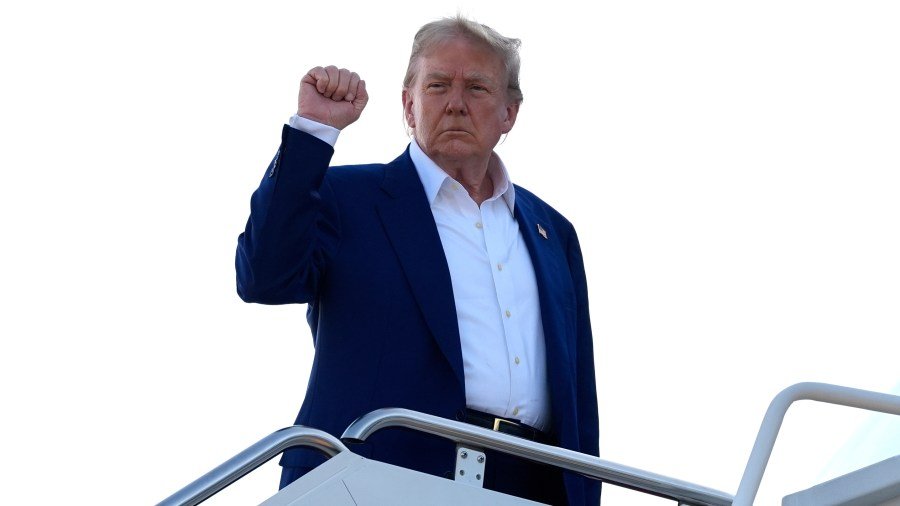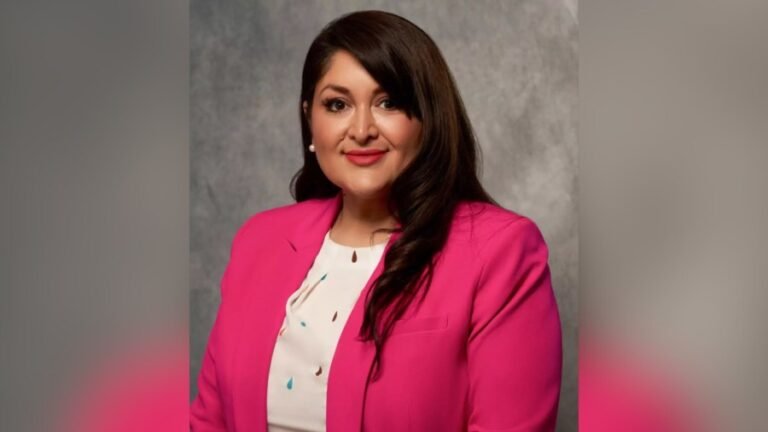
President Trump is on his way to the NATO summit, emerging from the White House early Tuesday enraged over the continued fighting between Israel and Iran in the wake of parameters of a ceasefire he announced a day before.
What comes next in the nearly two-week conflict will likely dominate a host of bilateral meetings and informal pull-asides with world leaders Trump has lined up at the two-day summit in the Netherlands.
NATO’s defense spending levels will also take center stage as world leaders prepare to back a goal of spending 5 percent of gross domestic product (GDP) to increase security.
That will likely be related to talks involving the Russia-Ukraine war, another major topic at hand, as well as Trump’s tariffs on trading partners.
Here’s what to watch for.
Israel-Iran takes center stage
Trump is set to arrive in the Netherlands after a whirlwind few days of activity in the Middle East.
He left Washington, D.C., early Tuesday fuming at both Israel and Iran for continued fighting overnight despite his announcement that the parameters of a ceasefire deal had been agreed upon.
He declared that both sides “don’t know what the f‑‑‑ they’re doing.”
“I think they both violated it. I don’t think, I’m not sure they did it intentionally. They couldn’t rein people back,” Trump told reporters as he departed the White House. “I don’t like the fact that Israel went out this morning at all, and I’m going to see if I can stop it. So as soon as I get away from you, I’m going to see if I can stop it.”
Before he announced the ceasefire to bring the nearly two-week conflict to an end, the U.S. military struck three Iranian nuclear facilities. Iran retaliated with missiles targeting an American base in Qatar that resulted in no casualties.
It was a remarkable sequence of events, particularly for Trump, who had faced lingering questions and some criticism from his own base about the prospect of engaging in a foreign conflict despite his “America First” foreign policy pledge.
The fragile ceasefire and how to approach Iran and its nuclear ambitions moving forward are likely to be a subject of discussion among world leaders at the NATO summit.
Trump and NATO spending
The president pushed the idea to require all NATO members to spend 5 percent of their GDP on defense, as opposed to 2 percent, after railing against allies for not paying their fair share.
The summit in The Hague is seen as a deadline for members to meet the spending threshold as the demands will be confirmed Wednesday. The U.S would also be increasing its spending from 3 percent to 5 percent; and in 2024, 23 out of 32 countries in the alliance had met the 2 percent threshold.
Spain, however, is expected to be an outlier after it made a deal with NATO to be excluded from the 5 percent target and instead spend just more than 2 percent of its GDP on defense needs. Spain received the exemption from NATO Secretary-General Mark Rutte, after Trump said Friday the country “has to pay what everybody else has to pay.”
Trump has also suggested the U.S. may not defend NATO allies who do not contribute enough to defense spending, despite the core pillar of the alliance that an attack on one is an attack on all.
Asked about the United States’s Article 5 obligations while en route to the summit, Trump suggested there were different definitions of what it meant.
“Depends on your definition. There’s numerous definitions of Article 5,” Trump told reporters aboard Air Force One. “But I’m committed to being their friends. You know, I’ve become friends with many of those leaders, and I’m committed to helping them.”
“I said, ‘If you’re not going to pay, we’re not going to defend.’ I said that seven years ago, and because of that, they paid hundreds of billions of dollars,” the president said in April.
The only time Article 5 of NATO has been invoked was after the Sept. 11, 2001, attacks on U.S. soil. Trump on the campaign trail said he thinks NATO allies treat the U.S. unfairly and that the U.S. takes on a heavier burden than other members.
Russia-Ukraine war
Rutte stressed in his preview of the summit that the alliance has to continue to be consistent with its support for Ukraine.
“We must continue to make sure Ukraine has what it needs to defend today and deter in the future. Our support for Ukraine is unwavering and will persist,” Rutte said.
Ukraine and Russia’s war is a particularly challenging spot for Trump, after he vowed on the 2024 campaign trail to end the ongoing war within 24 hours of taking office but has made little apparent headway. Trump is expected to meet Ukrainian President Volodymyr Zelensky at the summit.
Russia has so far refused U.S. proposals for a 30-day ceasefire, and Trump has expressed increasing frustration with Russian President Vladimir Putin, while also placing blame on Ukraine for not making a deal to end the fighting.
Meanwhile, Russia condemned the U.S. strikes on the Iranian nuclear sites and vowed to support Iran on Monday, telling Iranian Foreign Minister Abbas Araghchi, “for our part, we are making efforts to assist the Iranian people.”
“The completely unprovoked act of aggression against Iran has no foundation or justification,” the Russian Ministry of Foreign Affairs said in a statement.
Trump on Monday blasted former Russian President Dmitry Medvedev over remarks suggesting Iran’s allies could supply it with nuclear warheads and boasted about the U.S. nuclear arsenal.
Trade talks
Trump’s 90-day pause on “reciprocal” tariffs on all trading partners expires July 8 with only agreements with China and the United Kingdom having been announced.
Multiple key trading partners, including Canada, France and Italy, will be at the NATO summit and are eager for discussions over their trading relationship with the U.S. The administration had ambitious goals for the negotiations, aiming for 90 deals in 90 days; and while it has teased that deals with trading partners like India, Japan and Vietnam are close to being finalized, it hasn’t announced anything concrete.
Treasury Secretary Scott Bessent, who stayed back at the Group of Seven (G7) meeting after Trump left early, floated that there could be some wiggle room beyond the July 8 deadline to strike deals.
At the G7 summit, the president and U.K. Prime Minister Keir Starmer detailed the trade deal between the two nations, which was in the works before Trump imposed his reciprocal tariffs on trading partners.
Trump at the time said he thinks there will be “many, many other ones coming” regarding trade deals with countries. But the administration has not announced any progress in talks with other nations.


